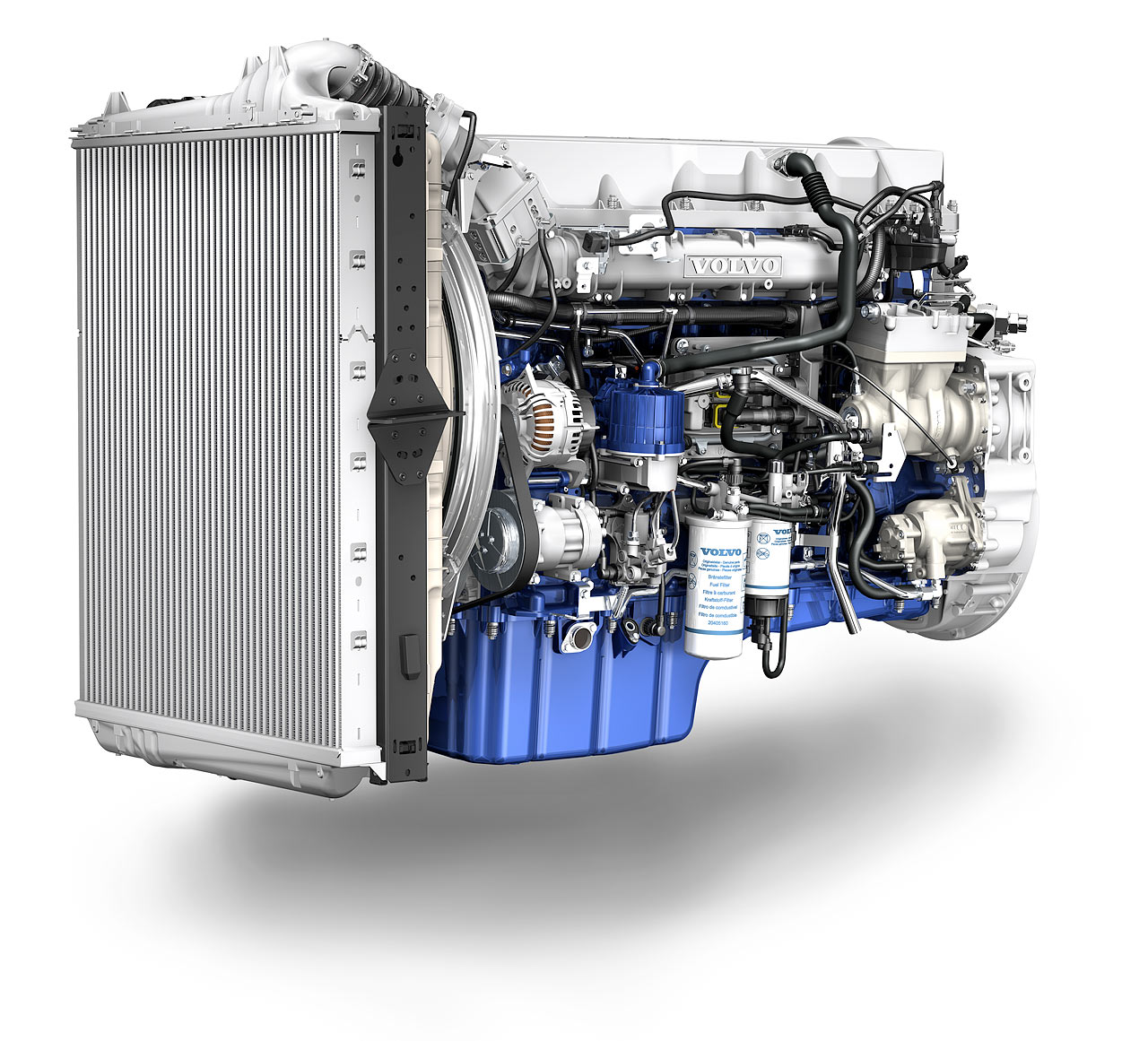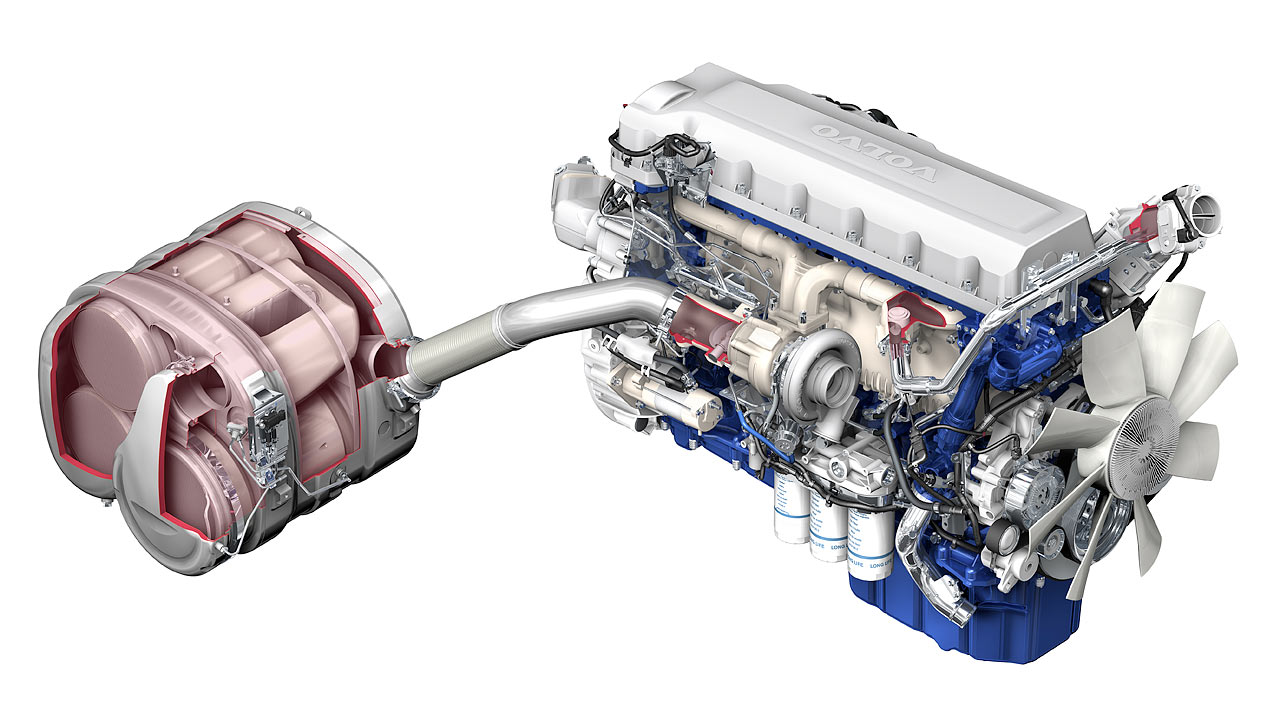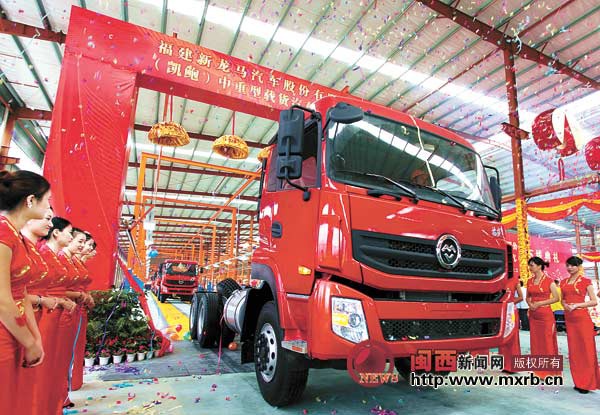

More in News
-


News
Oshkosh S-Series Concrete Mixer Gets A Number Of Updates
McNeilus Truck and Manufacturing, Inc. took the Oshkosh S-Series front-discharging concrete mixer as a basis and...
-


News
Dutch rally driver is working on a bonneted DAF truck for rallyraids
Dutch rally driver Eimbert Timmermans has been involved in rally raids around the world on DAF...
-


News
Western Star has updated the most popular 4700 Series
The American company Western Star Trucks, which is a part of Daimler AG, has presented an...
-


News
Here how the new generation of Volvo NH might look like
For many years, bonneted trucks have been losing ground everywhere except the United States and Australia....
-


News
Scania presents HEV and PHEV trucks for urban jobs
At the IAA 2018 in Hanover, Scania introduced a plug-in hybrid electric truck (PHEV) and a...







